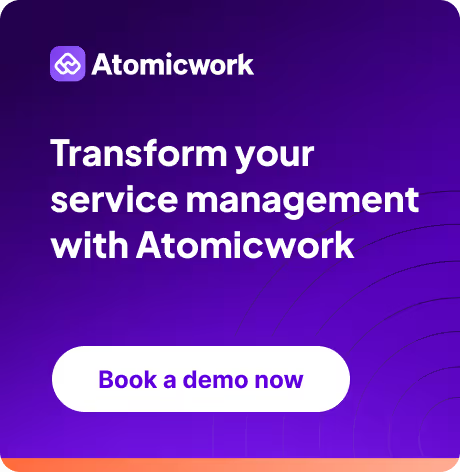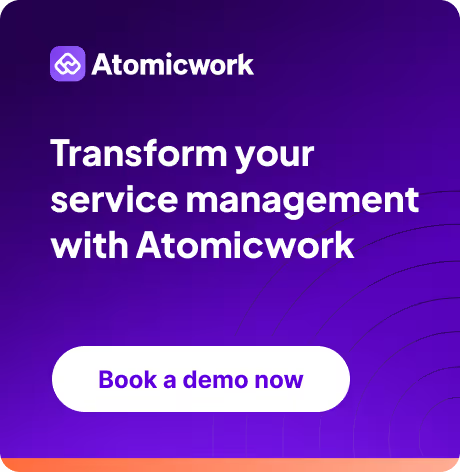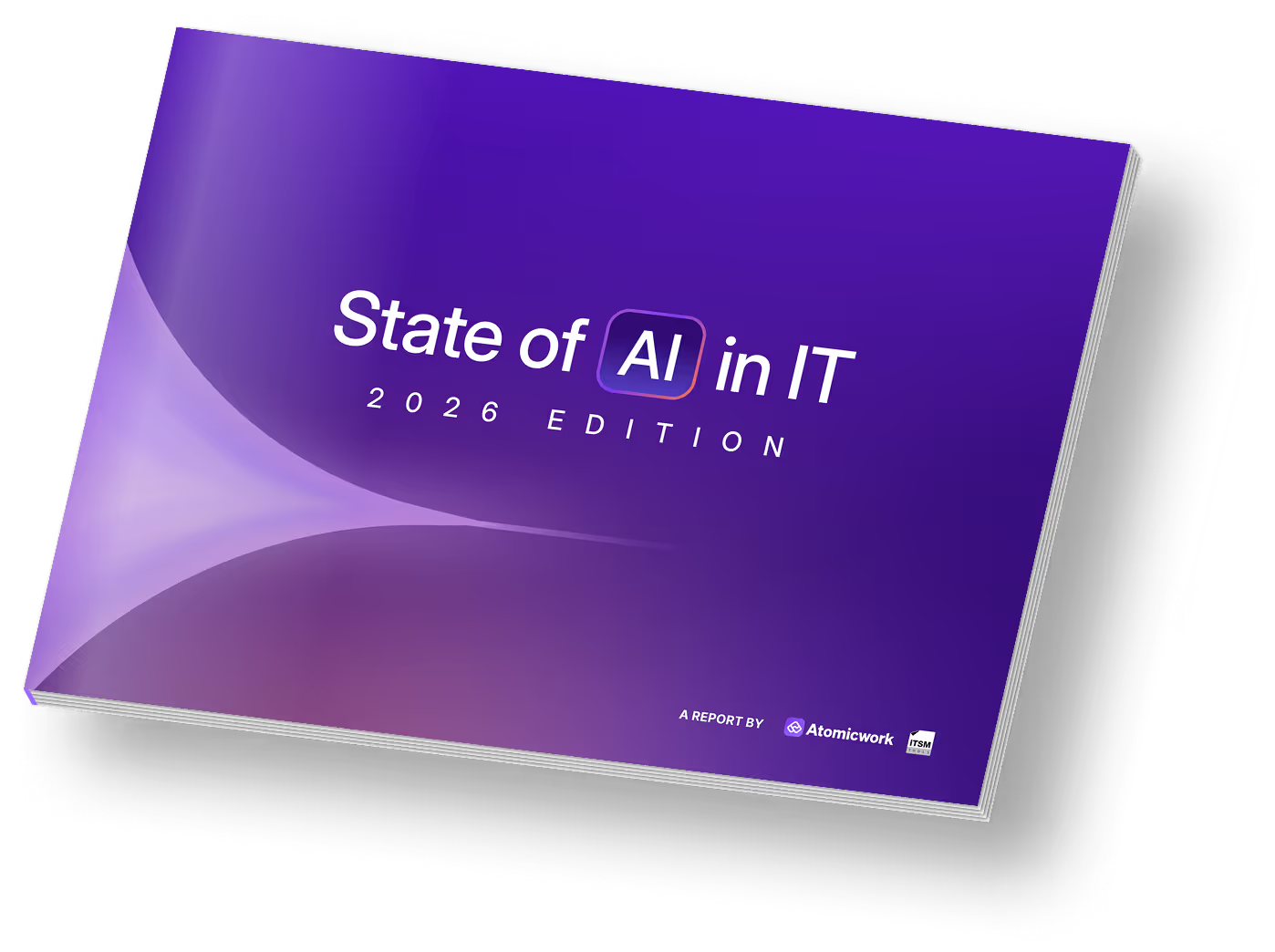Atomic Conversations: Mark Gill of Zuora on the evolution of IT over three generations

How can we drive change management with AI? How to secure executive buy-in for AI in IT?
These questions have kept IT leadership awake, especially after OpenAI’s ChatGPT unleashed a GenAI gold rush in 2022. While IT leaders know the strategic value of early GenAI adoption, most are yet to capitalize on its potential.
This time, I spoke to Mark Gill, Senior Director of IT at Zuora, and an experienced IT executive for more than 20 years, to discuss the barriers to enterprise GenAI adoption and a bottom-up, result-oriented approach to GenAI implementation.
Mark's career is a microcosm of the IT industry's transformation. From Colorado to Silicon Valley, a finance degree to a career in IT, and occasional beers with the Bill and Dave of HP, he has seen it all. 24 years at HP, a four-year stint as an IT Director at Micro Focus, and now leading Zuora’s IT initiatives– Mark's been around the block, growing IT from the ground up.
A three-generation journey of enterprise IT
Mark’s first interaction with IT was through HP Service Managre which ran on HP-UX. At that time, it was the most rigid, hard thing he’d ever worked with. Limited user-team interaction, batch processing, and a centralized IT department– it was the only way teams could get work done at the time. The focus back then was on reliability.
Could IT deliver the same results, time and again, without fail? That was the baseline. Mark Gill, Senior Director of IT at Zuora
Mark then remarks about the advent of second-generation IT and how it brought a renewed sense of excitement. There were a few rigid rules but it was also the start of IT automation. Now, semi self-service portals allow users to request and manage services independently.
ITSM and ITIL frameworks soon started gaining traction for managing IT services with a strong emphasis on developer friendly processes, governance, and compliance. This era also witnessed an expansion of IT applications and a stronger emphasis on aligning IT strategies with overall business objectives.
Gen two was a step forward, but it wasn't perfect. Processes were still manual and the pace of ML based automation started picking up. Then came AI as the face of third-generation IT.
Mark also expressed optimism about the current state of IT, noting a shift away from rigid processes to finding smarter, flexible problem-solving methods.
AI’s impact on IT
Mark noted that AI is changing how IT has worked. There has been a massive shift from reactive problem-solving to proactive innovation made possible by AI-driven service management. The transition involves moving from linear, step-by-step processes to a more dynamic, interconnected approach.
Think about employee onboarding. It's no longer just about filling out forms; it's about understanding the entire employee journey and optimizing every touchpoint. That's where AI shines.
AI service agents are handling a ton of the grunt work, automatic routine service requests, and even intelligent incident management, so humans can focus on the strategic value-addition.
I've seen the power of automation firsthand. At Zuora, we had a manual system for managing employee access. Later, the team automated the provisioning process by leveraging our existing SSO platform, Okta. It required a cross-functional effort, but the results were impressive. Within months, we had a streamlined system and a team eager to take on more automation projects. Mark Gill
It's definitely an exciting time to be in IT.
On securing a C-suite buy-in
Ten years ago, it was simpler. IT officers could outline the next project or system upgrade, and everyone was on board. Now, with the complexity of AI, security and digital transformation, the leadership needs to be prepared to quantify the impact on the bottom line. Mark acknowledged the challenge, having faced similar buy-in conversations with the senior executives and board members.
Leaders often want hard numbers to justify new initiatives, but it's tough to put a price tag on improved employee satisfaction or increased productivity. He cited the example of AI-driven Enterprise Service Management (ESM) systems, noting that while efficiency gains can be measured, it’s difficult to find an exact dollar figure for employee empowerment and productivity as it’s more qualitative.
Mark also expressed skepticism about the reliability of traditional customer surveys. For him, it's tough to gauge true sentiment from a static survey: Are people being honest? Are any external factors influencing their decisions?
Sure, metrics are important, but building strong relationships with business partners is just as critical. Mark has seen too many IT projects crash and burn because they were built in a silo without having immediate 'market-fit', 'culture-fit' conversations. Ensure you have visibility into executive pain points and a clear roadmap to strong, and sustainable ROI.
How to align your team for AI adoption
Back in the day, Mark’s priority was to get the system up and running. But now? It's not even in his top four. He’s come to the conclusion that IT happens because of people, and not the other way round.
Mark also has some solid advice for IT leadership trying to get their teams on board with AI.
He suggests that before you kick off your pilot project, you can focus on a core group of 50-100 people who are invested in the process. These are people who are open to new ideas and would be willing to provide honest feedback and understand the business impact of IT solutions.
A positive attitude is contagious, and it's amazing what a team can achieve with the right mindset. Slowly but surely, involve everyone from the service desk to leadership, to feel connected to the bigger picture– ask them for inputs to show how their work contributes to the bigger picture. Mark Gill
I liked how Mark stresses about training IT teams to think critically about problems, understand the business impact, and then apply technology as a solution, rather than starting with the technology itself. Each IC plays a role in the larger ecosystem, and recognizing their contributions is essential. When teams understand their impact, they're more invested in the change.
Mark shares more nuggets like these, including his insights on building a people-centric IT culture, in our latest conversation.
To hear the rest of the discussion, listen to the full episode here.
You may also like...


































